Ian Callum, Jaguar design director, is taking the rest of the afternoon off. It is a spur of the moment decision. The original schedule was for Callum, the man who found a new direction for Jaguar in the early 2000s when it needed one most – and followed that by creating a whole new-look model range – to join us at 11am for a photo session at the Jaguar Land Rover (JLR) Fen End test track. He has left an intense and somewhat argumentative engineering meeting to do it and is scheduled to go back to another one much like it.
But as the cameras click, something else has started happening. The phone in Callum’s pocket has started chiming and vibrating like an unquenchable alarm clock. My own is doing the same. It is clear that newswires are suddenly alive with something Callum, 64, has been mulling for a year, decided last Christmas and has kept to himself for five months: that he plans to leave the design director’s job at the end of June, to do his own thing.
Ian Callum leaves Jaguar after 20 years as design director
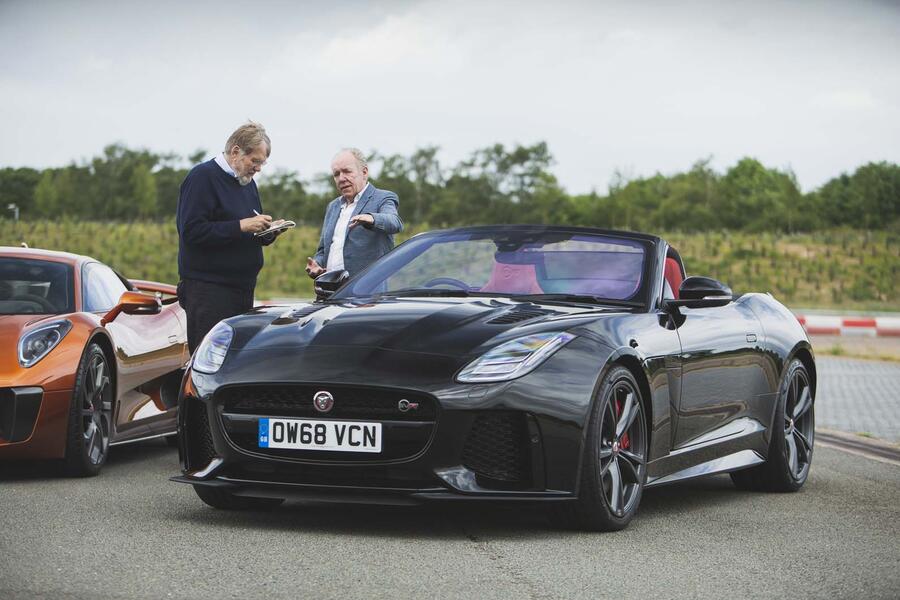
His replacement, as the stories scream, is to be his colleague and friend of the past 18 years, Julian Thomson, who until now has been Jaguar’s creative design director and advanced concepts man, someone just as well steeped in Jaguar’s history and values as Callum himself.
Now it can be told: Autocar has been privy to the bombshell news for a few weeks. With the nod from Jaguar insiders, we have arranged to photograph Ian Callum with the 11 seminal Jaguar production cars produced by Callum and his expert teams since he arrived at the Whitley design HQ 20 years ago.
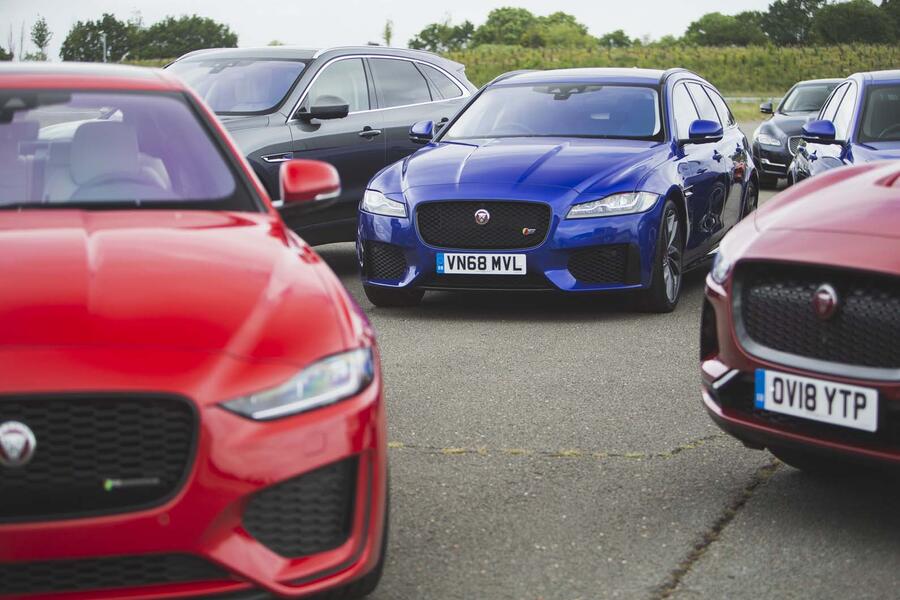
By weird coincidence, the big news has broken while Callum is standing with the 11 cars and a little knot of JLR and Autocar personnel in the middle of one of the disused taxiways at the Fen End proving ground, not far from Coventry. The plan is to photograph the cars and pump Callum about his career and his cars. Not ‘his’ cars, he is instantly keen to remind us. Lest we forget it, creating great cars is a team effort.
Callum will walk away from his design director’s job at the end of this month, annoyingly close to the opening of a much anticipated new complex of design studios, although he will be an honoured guest at the opening. At the invitation of JLR boss Ralf Speth, and of course of Thomson, Callum is staying on as a design consultant.
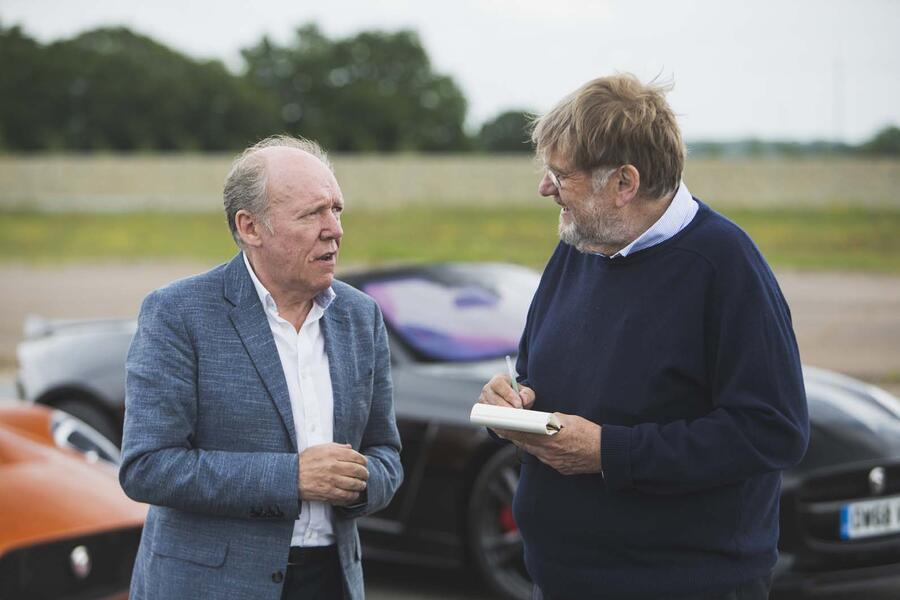
There will be much more besides. Callum has his eye firmly fixed on getting back to day-long creativity (“I want to do what you lot do all day,” he told his 500-strong design team, when breaking news of his departure) and working in more design avenues than cars: perhaps watches, perhaps boats, perhaps travel-ware. He foresees a small design business comprising half a dozen like-minded people, based in the Midlands because it’s the place in the UK where “you can find people who can do anything”.
Any cars this business produces are likely to be custom creations for individuals, like the ‘enhanced’ Jaguar Mk2 he created with Classic Motor Cars four years ago. He dreams of making a chopped XJ coupé from an aluminium-bodied X350-series XJ saloon, reckoning it could match the beauty of the mildly customised 1970s XJC he already owns.
Ian Callum’s Jaguar Mark 2 driven - picture special
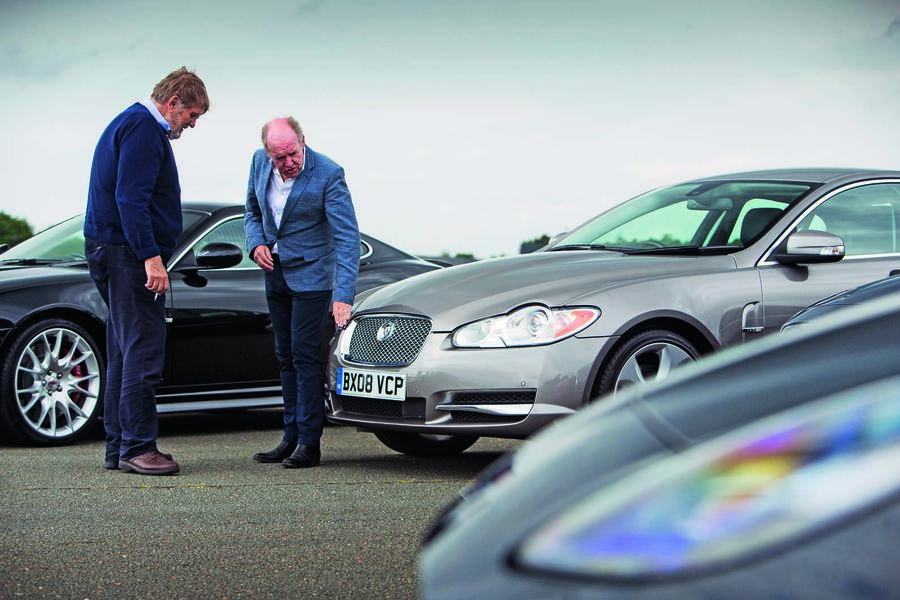
Callum legends abound. One is that he first became conscious of Jaguars when taken by his grandfather to stare at an E-Type in the window of the marque’s Glasgow dealership. Another is that he so set his heart on creating Jaguars as a career in those early years that he wrote to the company for advice – and can still produce a sheaf of submitted sketches he sent to Jaguar’s legendary chief engineer, Bill Heynes, together with a warm but formal reply from Heynes on official notepaper suggesting he study design to achieve his aims.
He did that, first in Scotland, then Coventry University, then as a postgraduate student at London’s Royal College of Art – and subsequently worked his first 11 years for Ford. He then served another nine in the far less corporate but more pressurised environment of the late Tom Walkinshaw’s TWR motorsport and car creation business, where his greatest of many achievements was the seminal Aston Martin DB7, the car that truly saved Aston Martin. While that car was becoming by far the biggest-selling and longest-lasting Aston in history, he played a leading hand in the creation of its DB9 replacement and the smaller V8 Vantage as well, which soon set their own records.

When in 1999 Jaguar design director Geoff Lawson died suddenly, Callum was by any judgement the best and most obvious choice and he took the job with Walkinshaw’s ready blessing.
Not that this was a case of the designer getting the dream job and living happily ever after. Ford was Jaguar’s owner, the UK management it had installed won no prizes for creativity – but expected to have a loud voice on design direction – and there were some oddities to be dealt with, such as the Mondeo-based X-Type and the same-again (but expensively re-engineered in an ill-proportioned aluminium body) XJ saloon, for two.
Callum knew from the beginning that Jaguar needed a contemporary look that carried all the grace and pace of Sir William Lyons’ originals, but needed a modern car that would in effect jump two generations at once. The aluminium XK coupé was his first car, readied for the 2004 Frankfurt show, but the big leap came with the new-look Jaguar XF saloon, which really showed where Jaguars would head, and to which every succeeding Callum Jaguar is still related.

The cars that followed have been replacements for existing models and entirely new creations. Callum’s realisation that, in this maelstrom of car creativity, he had created an entire model range (XF, XE, XJ, XK), coined an important select few (Jaguar F-Type, Jaguar F-Pace, Jaguar E-Pace), produced a supercar as a concept that should have been made (C-X75) and beaten every German rival to the launch of a premium electric car (Jaguar I-Pace) was a big reason for his decision to move on.
He says: “We suddenly realised, literally on the day we’d chosen to launch I-Pace, that it was exactly 50 years since I’d received that letter from Bill Heynes. That was a bit of a catalyst. I sort of knew that this would be my last Jaguar.”
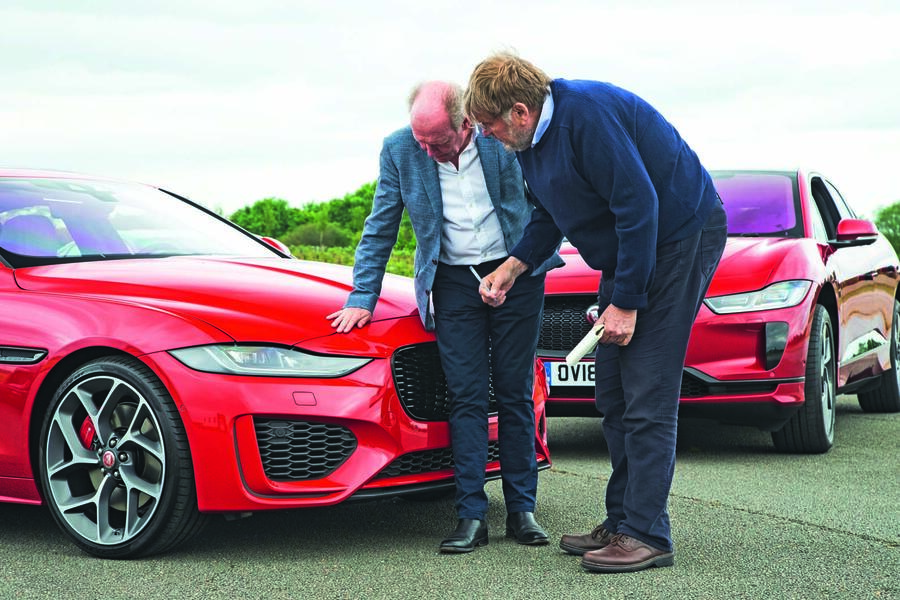
Callum’s reign has spanned the vital years that have taken designers from being the somewhat misunderstood servants of engineers, deployed in the 1950s to the 1970s to “put something over this”, to today’s fully fledged creative force that lives where all the finest ideas are born. “We’ve seen such dramatic changes,” Callum says. “The car creation process is so complex now that I don’t believe anyone in the company understands the whole process – except the designers.”
The photo shoot finishes. I watch as Callum thumbs through many dozens of email messages that have arrived, congratulating him on a stellar career. For someone who meets people for a living, and has taken himself by willpower stuttering over a 90-second public comment to confidently delivering a riveting, 45-minute address, Callum is still disarmingly surprised at all the attention.
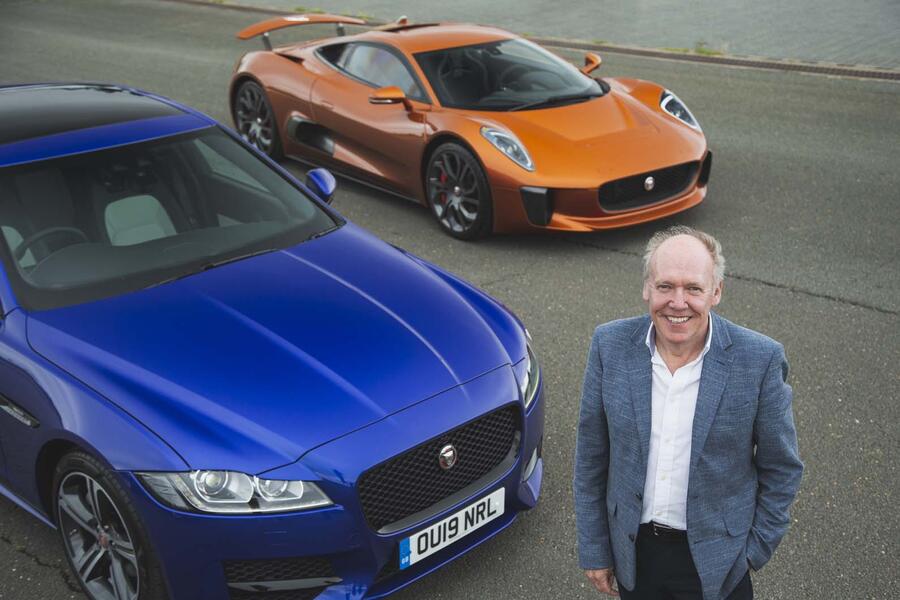
“I’m not sentimental,” he says. “I’ve had many fantastic experiences and had many amazing opportunities. I’d like to have had a chance at a small Jaguar – maybe something Ford Fiesta-sized – but the business case was never there. My biggest moments were the launch of the Aston DB7, because it was my first really important car, and the Jaguar XF, because it led to so much more. I regret we didn’t put the C-X75 into production, and always will, but I had the huge pleasure of launching the F-Type and the I-Pace. Cars like that teach you always to look forward. That’s what’s important.”
Callum’s Jaguar stars
2006 - XK
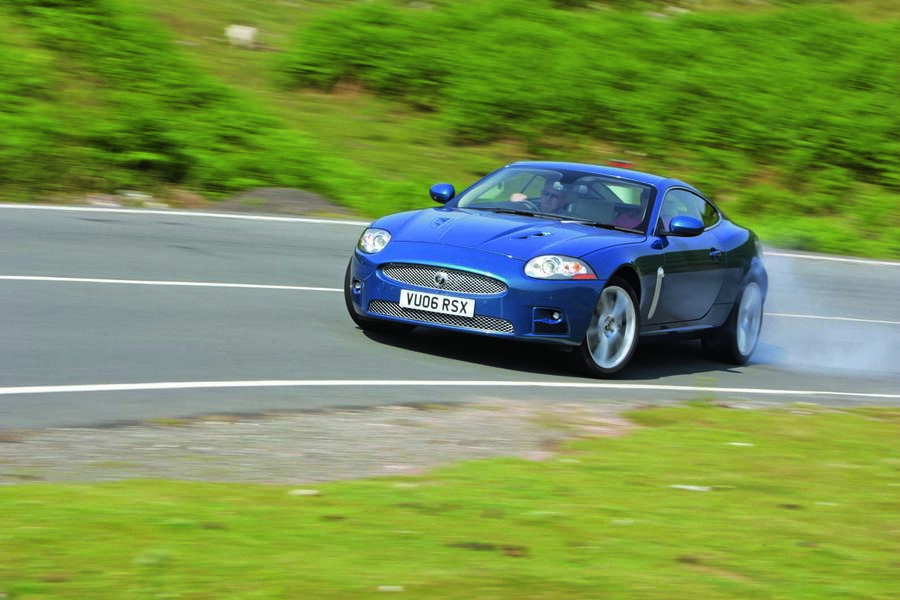
“The priority was to get the nose up and give the car tighter lines, so I decided to give it edges. This upset the management, and the US dealers really loathed it, though some have apologised since. It was my first Jag and I was nervous, especially since I was being watched by the Jaguar executive committee. But it worked.”
2008 XF
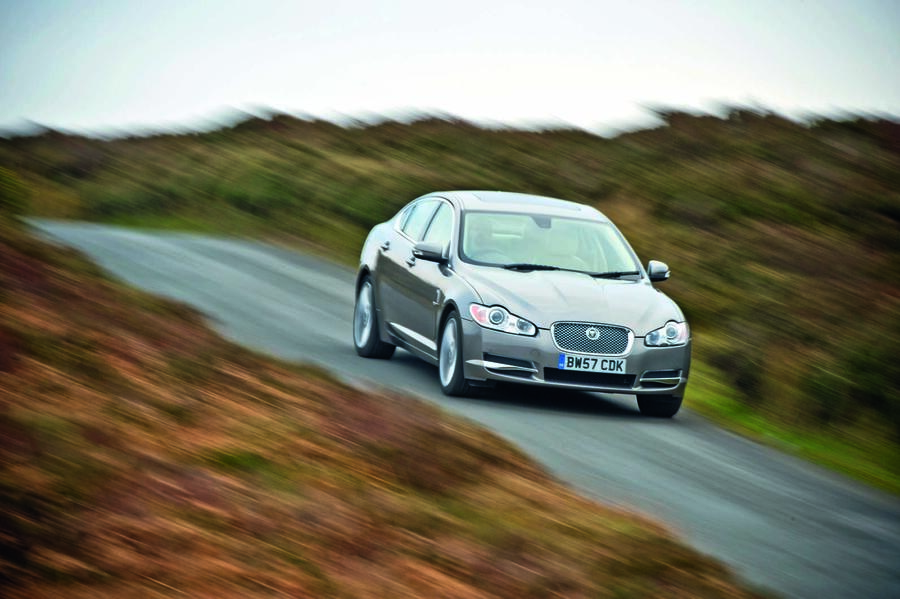
Callum’s great leap forward, an S-Type replacement to banish the over-use of design devices from the Lyons era. It aimed to leap two generations at once and maintained a sporting character, (“We did that with the coupé shape, because we couldn’t do it with height.”) Less flamboyant second edition (2015) is not as much loved as the original.
2010 XJ
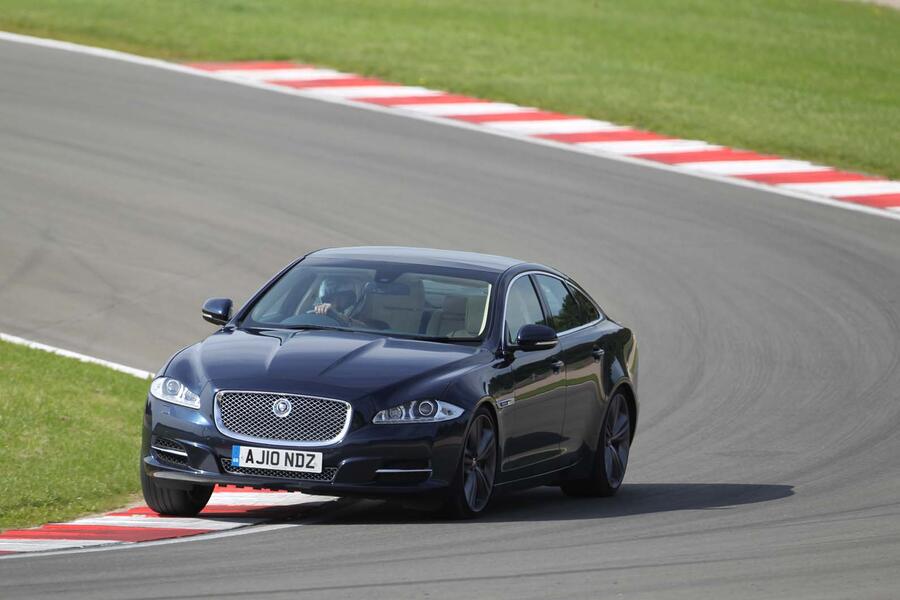
The previous aluminium XJ had been too tame, so Callum gave the model what he called “a rebellious edge”. The vertical tail-lights were probably its most controversial feature but many other facets of design (such as the bigger grille) were further developed. The car had a beautiful interior, with a fascia device called the Riva Hoop.
2012 C-X75
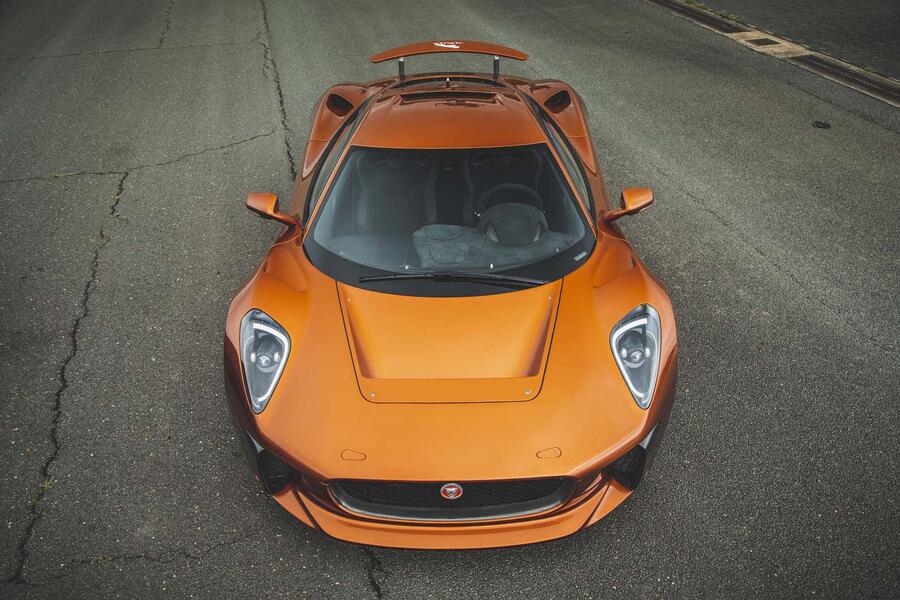
Born as “a rolling work of art” for Jaguar’s 75th anniversary, this car was proposed with hybrid turbine power but was soon equipped with a high-output 1.6-litre four-cylinder engine and electric motors. It was loved, production was mooted, but no business case could be found. A handful were built for the 2015 James Bond film Spectre.
2014 F-Type
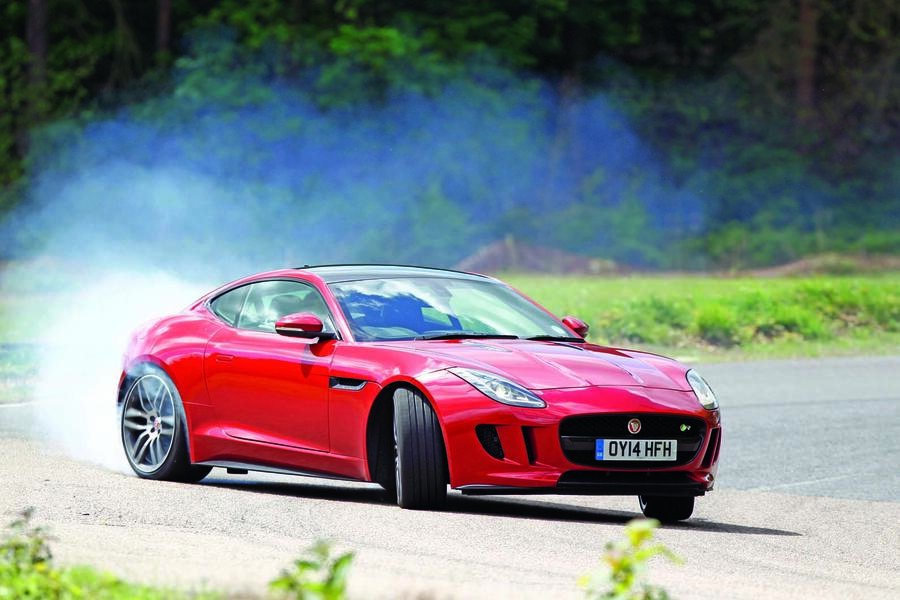
When Tata bought Jaguar, chairman Ratan Tata liked the idea of a sports car and soon the two-seater appeared. The convertible came first because marketing said it’d be the bigger seller. But when the coupé appeared a year later, that proved the more popular. Callum now wishes he could have moved the engine lower and further back.
2015 XE
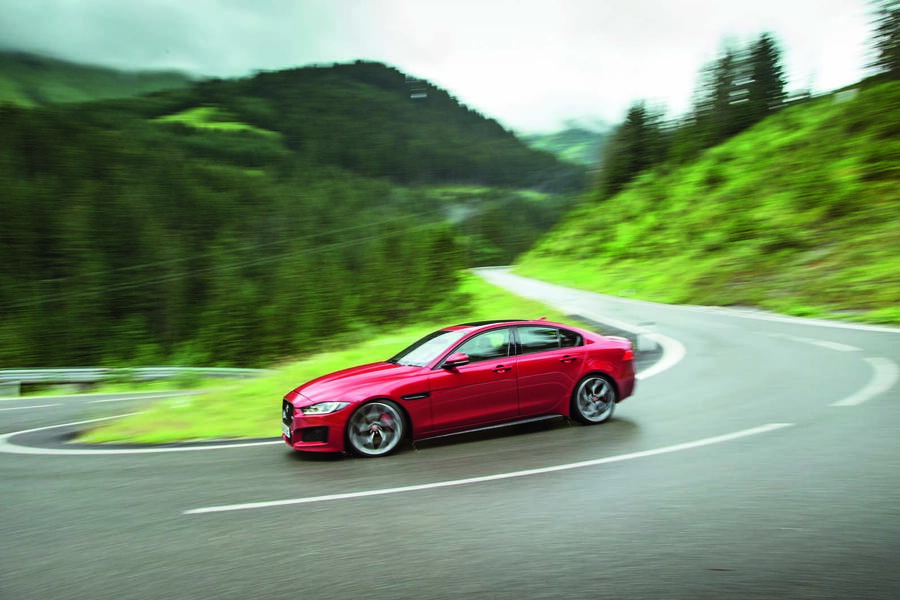
Handsome small Jaguar built to fight the BMW 3 Series but not very successful despite its impressive mechanical spec and super proportions. Criticised for having a ‘cookie cutter’ approach to styling, compared with the XF, an approach Callum now regards as a mistake. Latest XE looks more distinctive.
2016 F-Pace
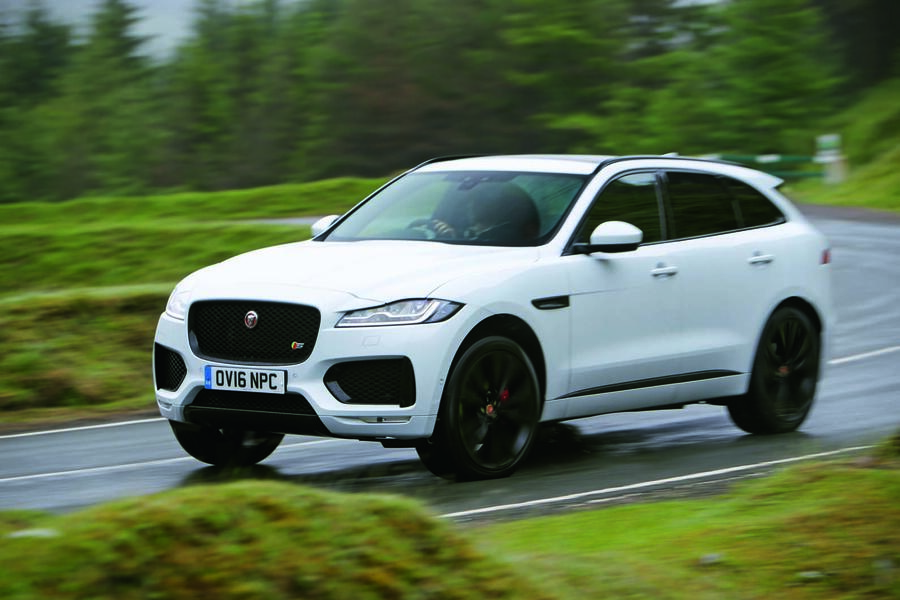
Famous as “the car I thought I’d never build” – because it was an SUV – Callum’s F-Pace proved difficult to style while including bold surfaces, haunches and other Jaguar devices. But after many iterations, it worked. “Some say we could have launched this earlier, but I believe we had to build the brand first, with models like F-Type,” says Callum.
2018 I-Pace
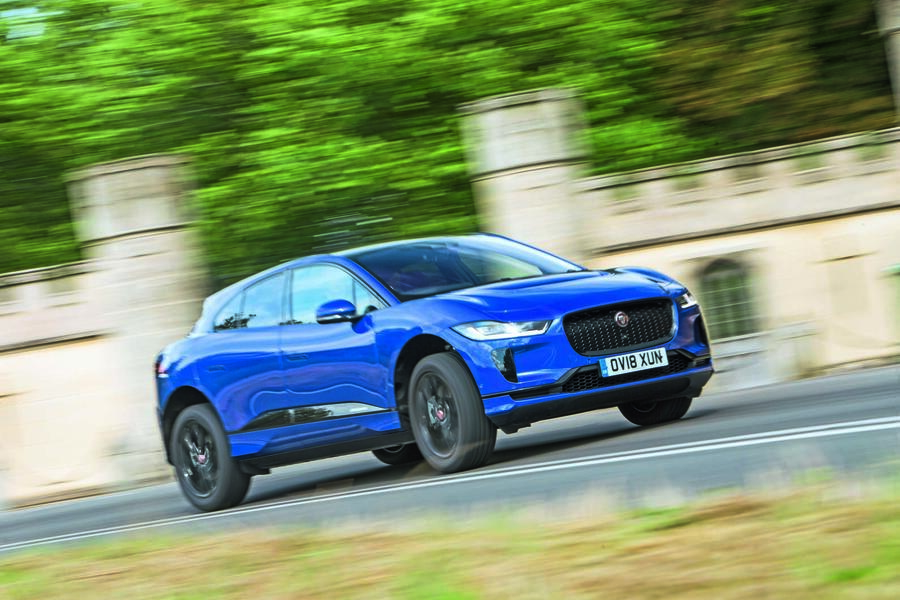
The car Callum calls “the special one”, with its raised yet graceful lines and distinctive styling (“not just because it’s fully electric; I loathe that approach”). This is a fitting place to end his Jaguar career, he believes, because it was not nearly so constrained by conventional components as other designs and it welcomes a new era.
Read more
Callum departs Jaguar: The secret sports car they never made
Used car buying guide: Aston Martin DB7
Jaguar C-X75 2013-2015 review​

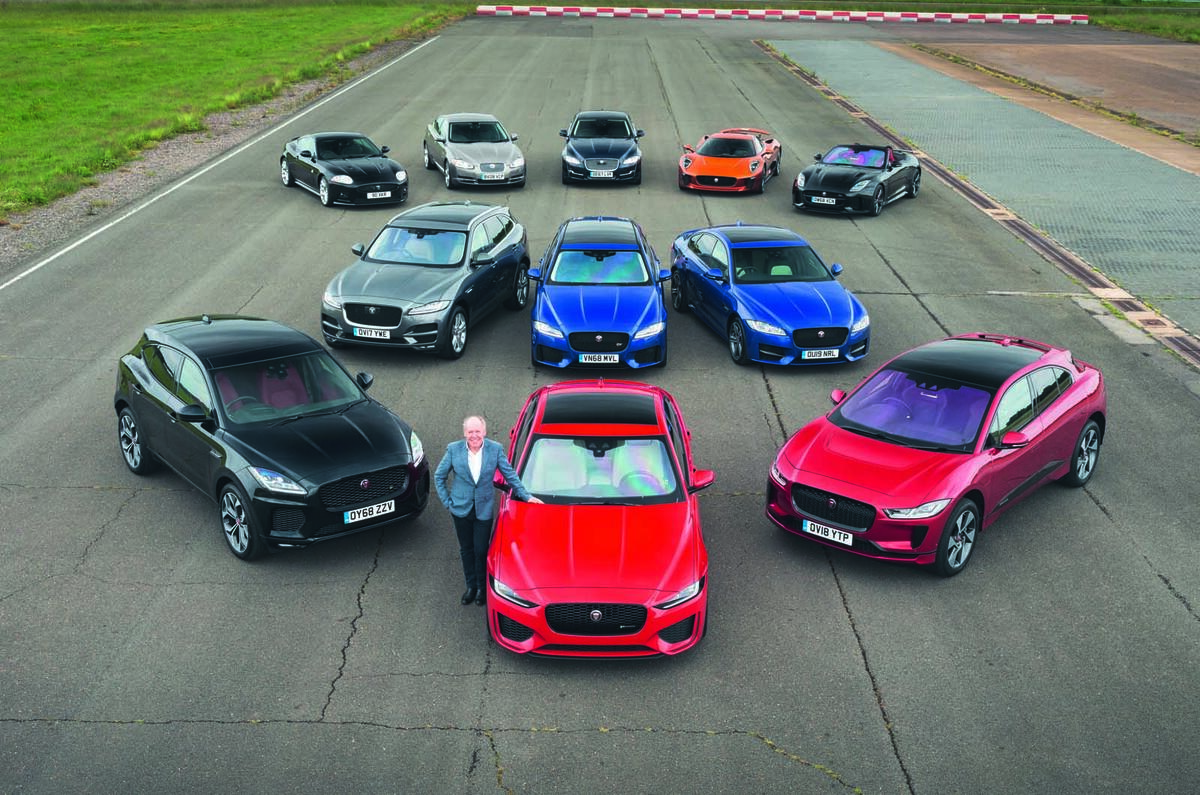


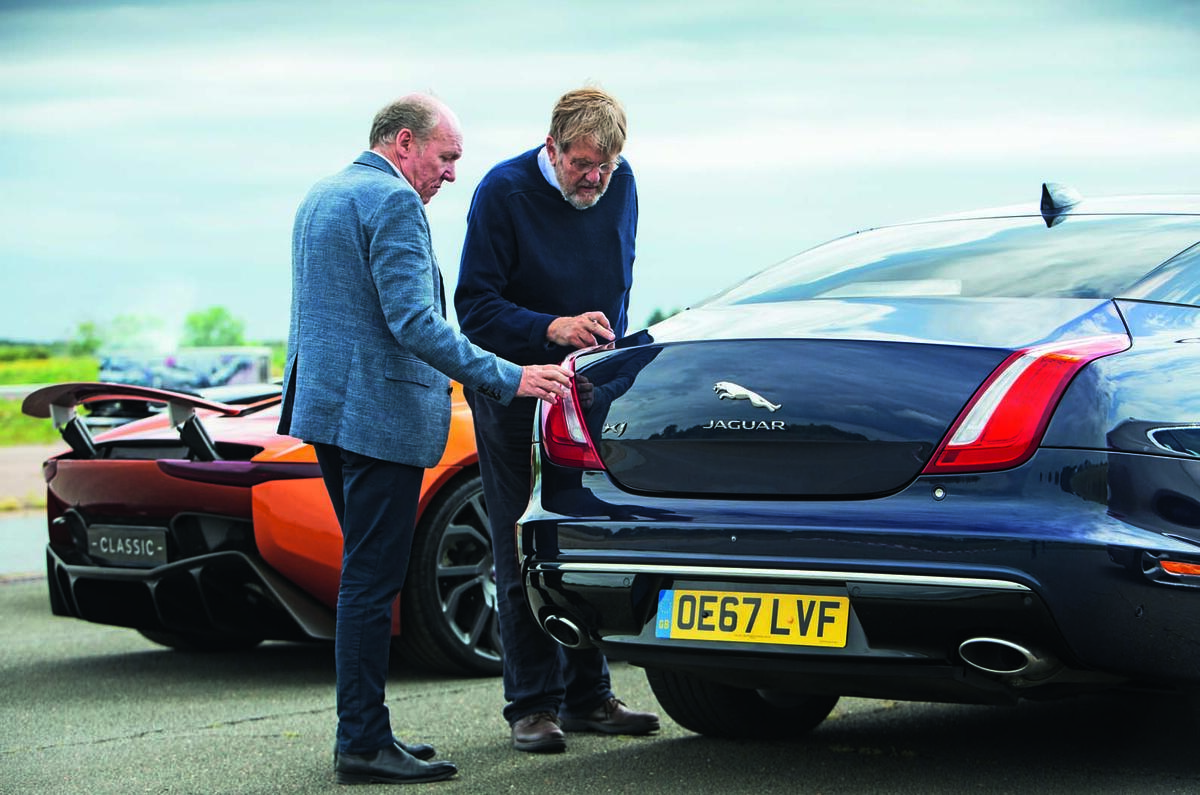
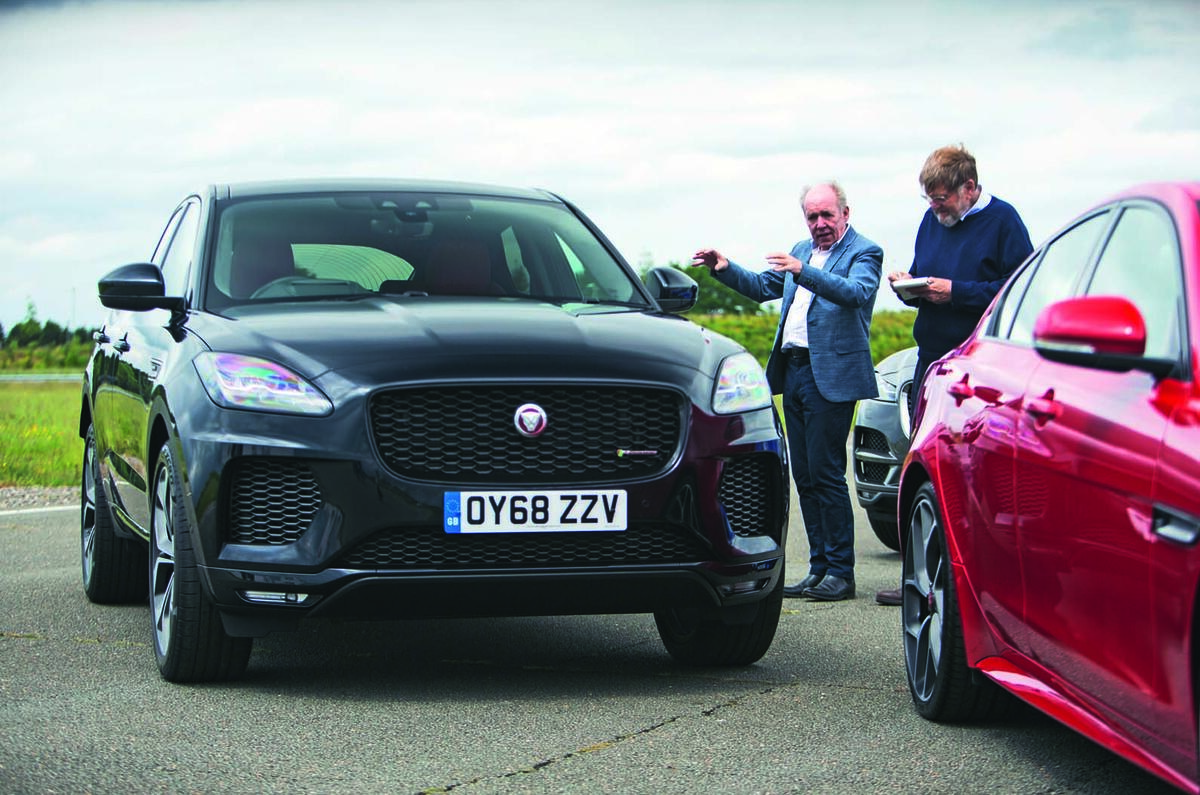
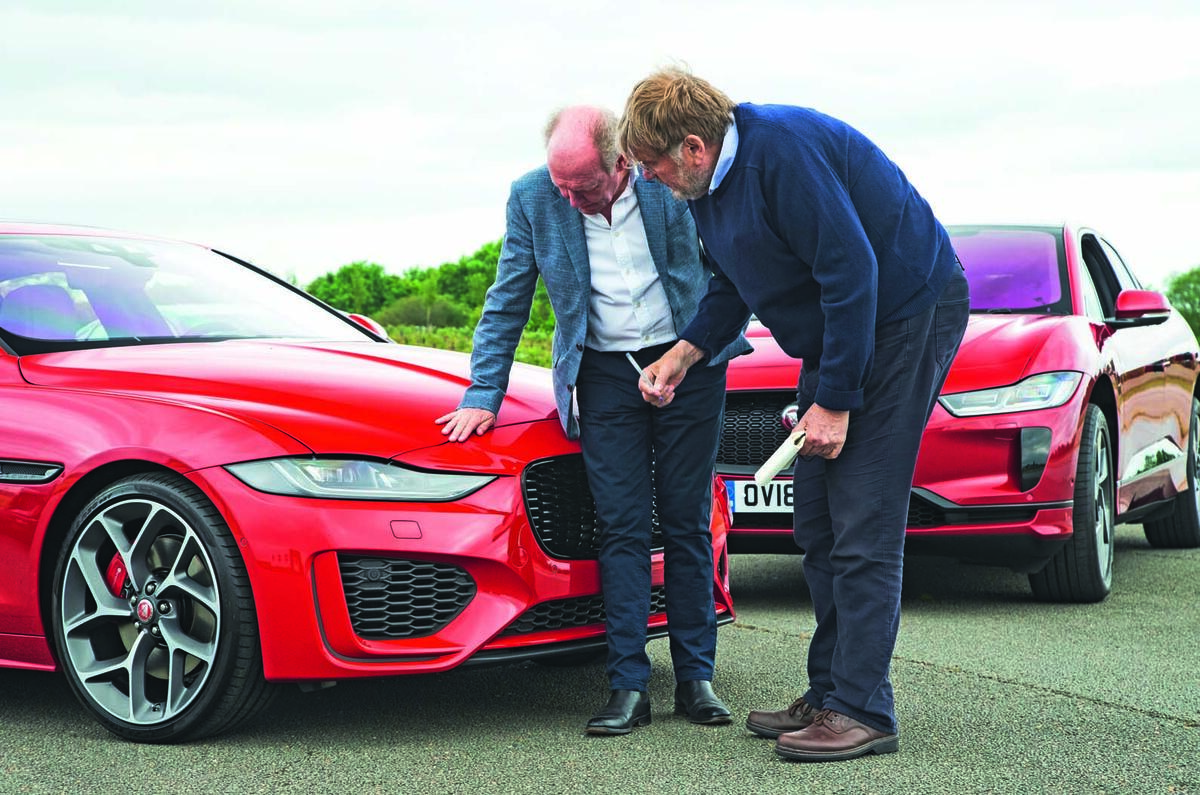
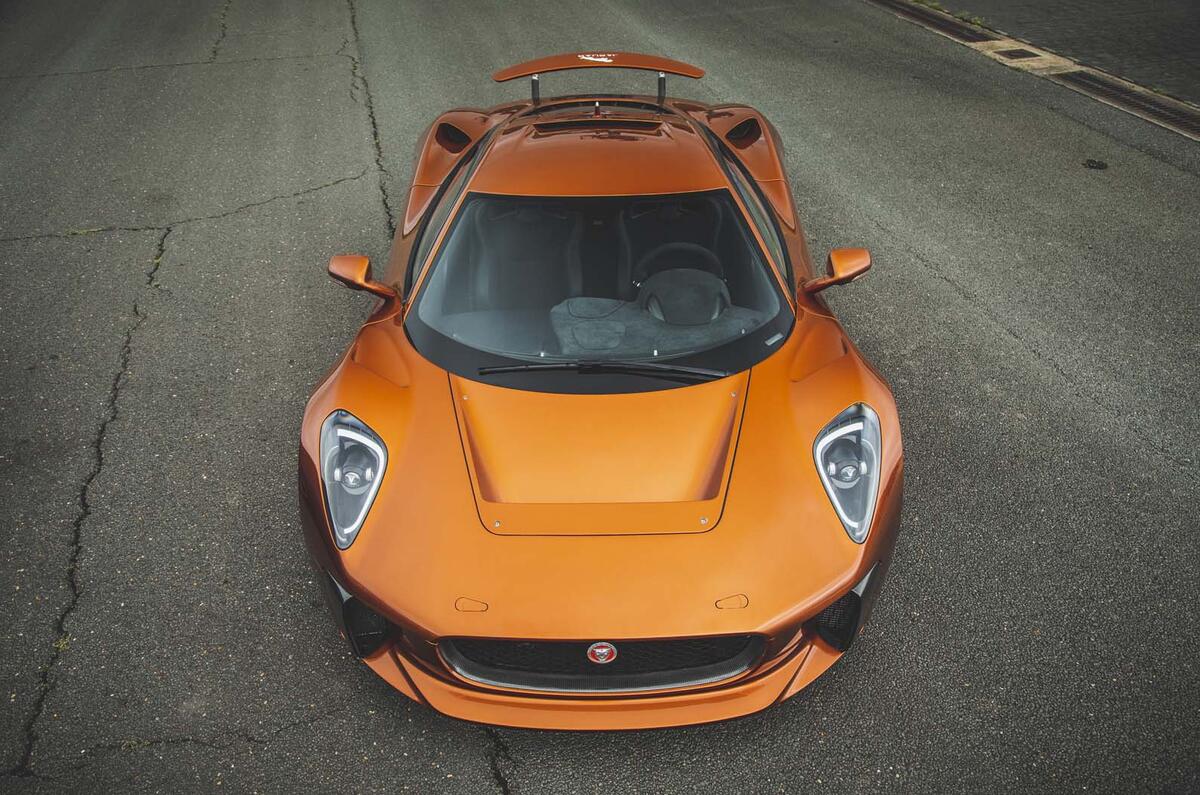
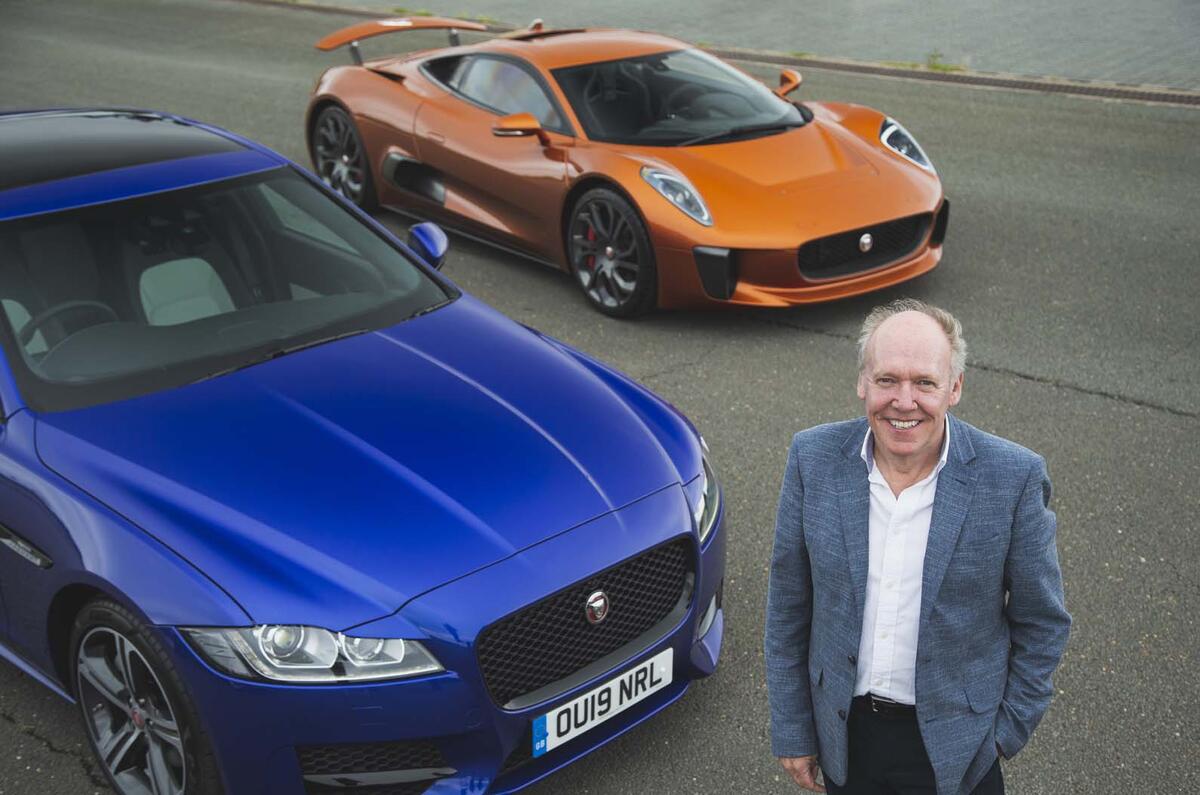
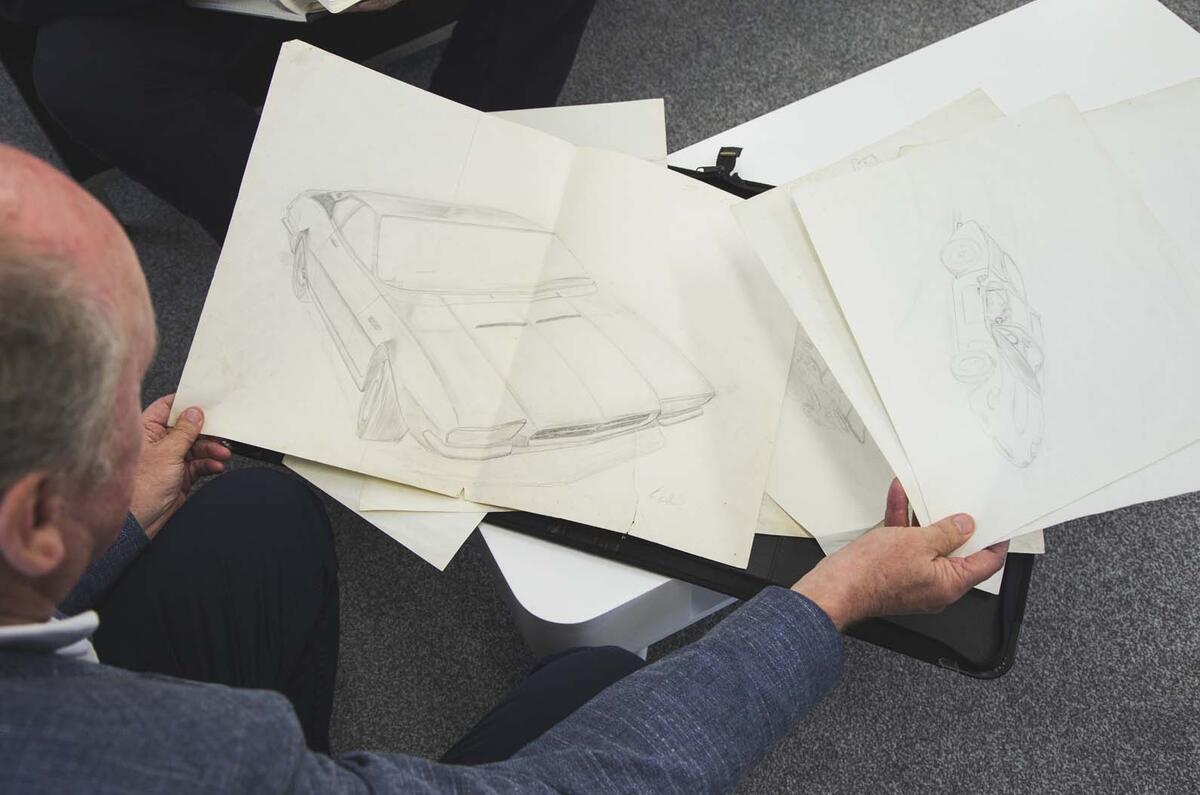
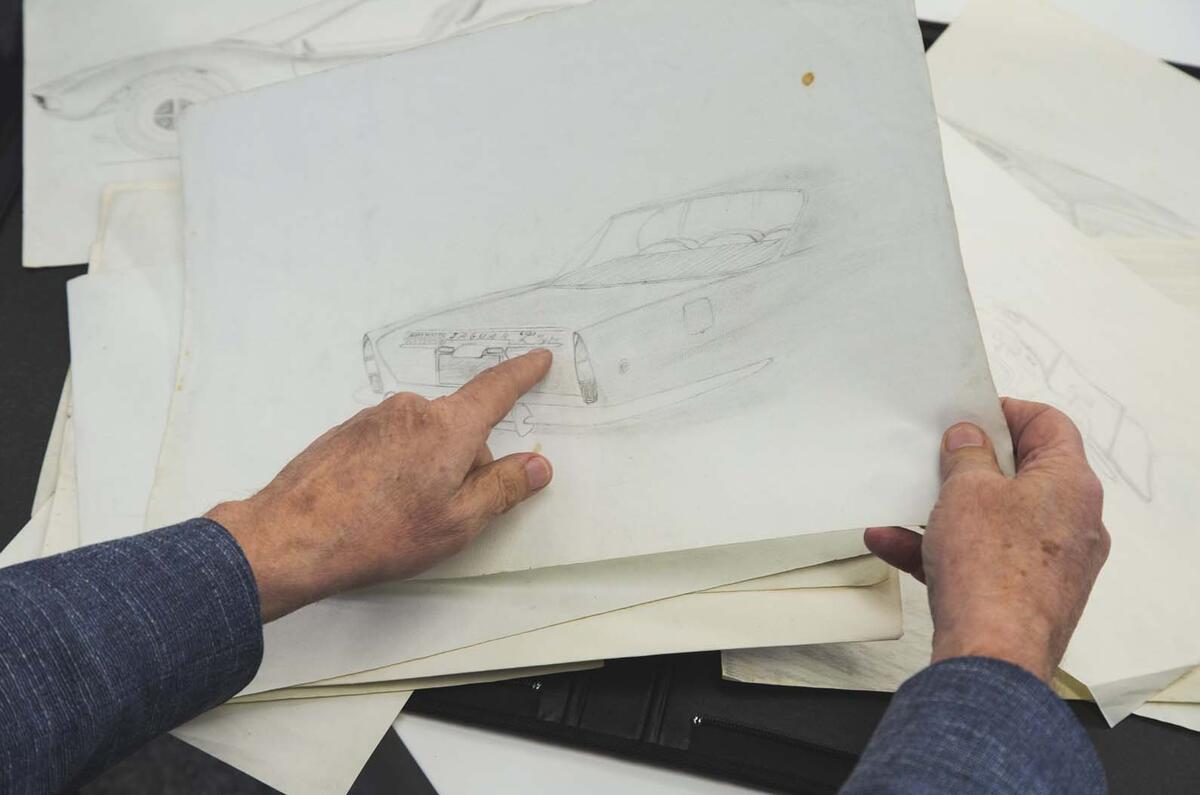
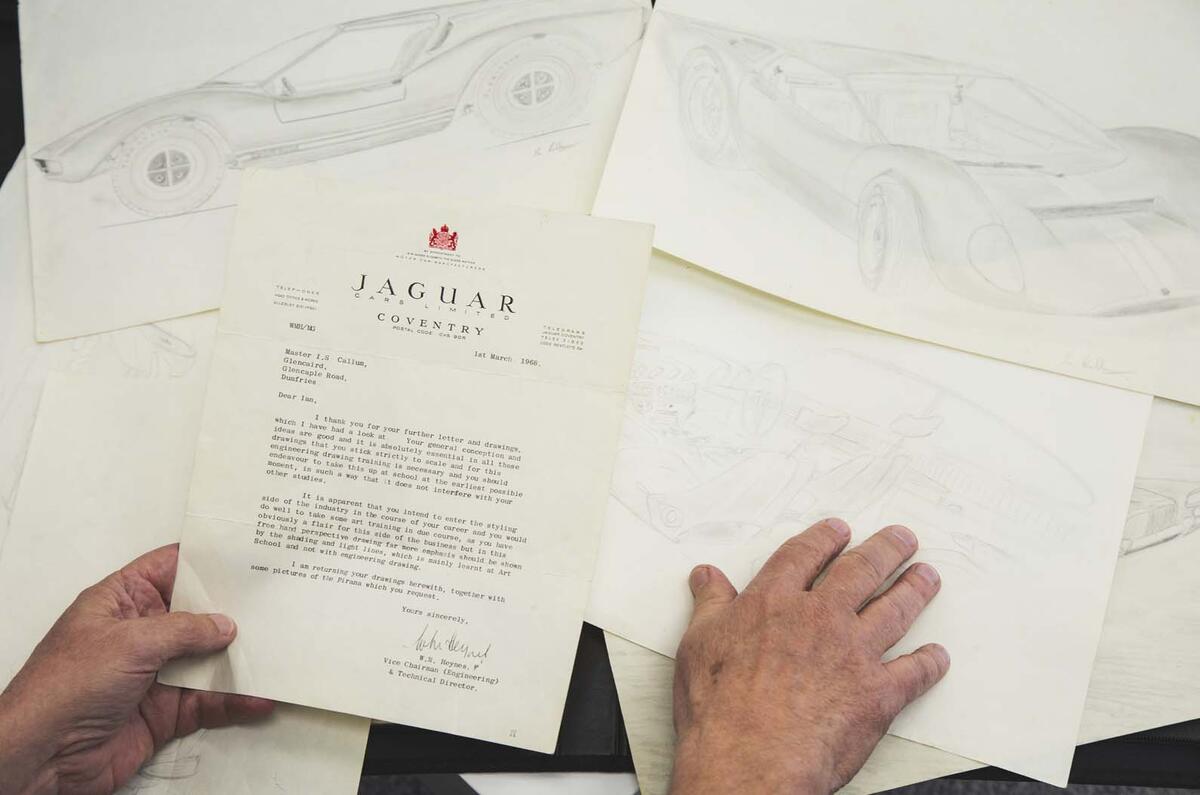
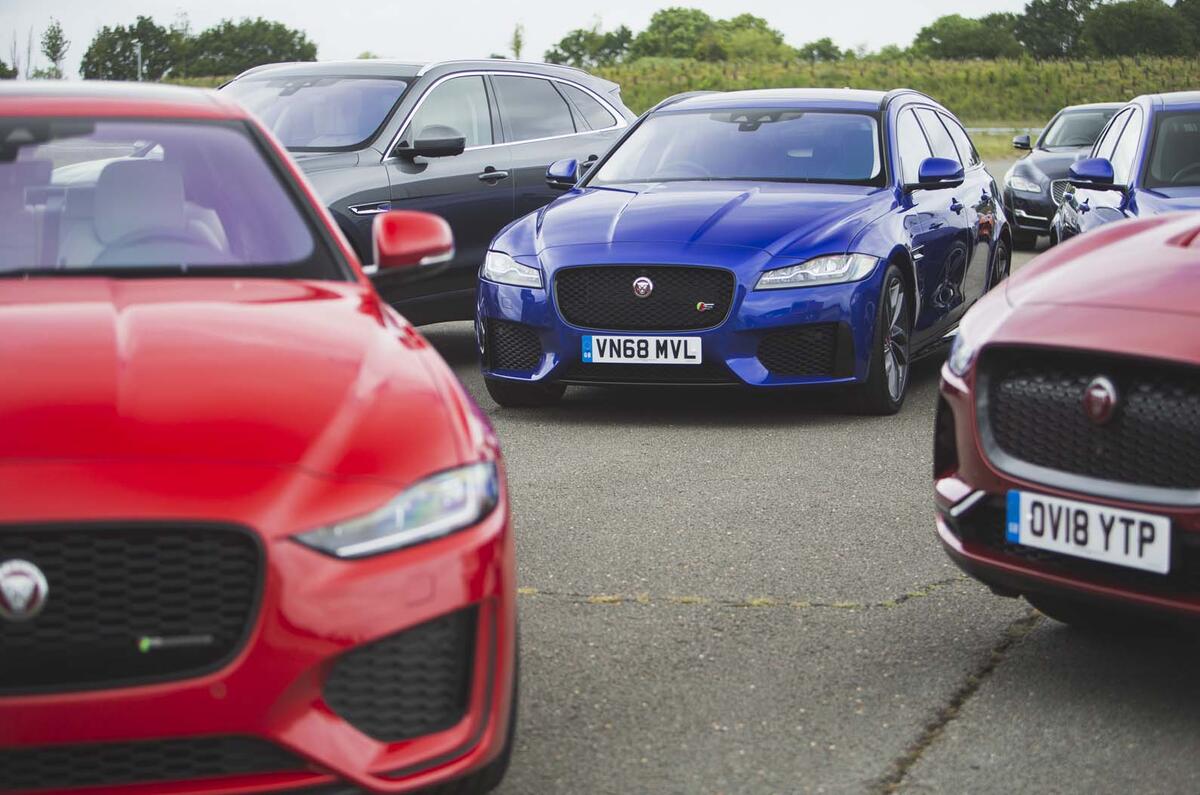
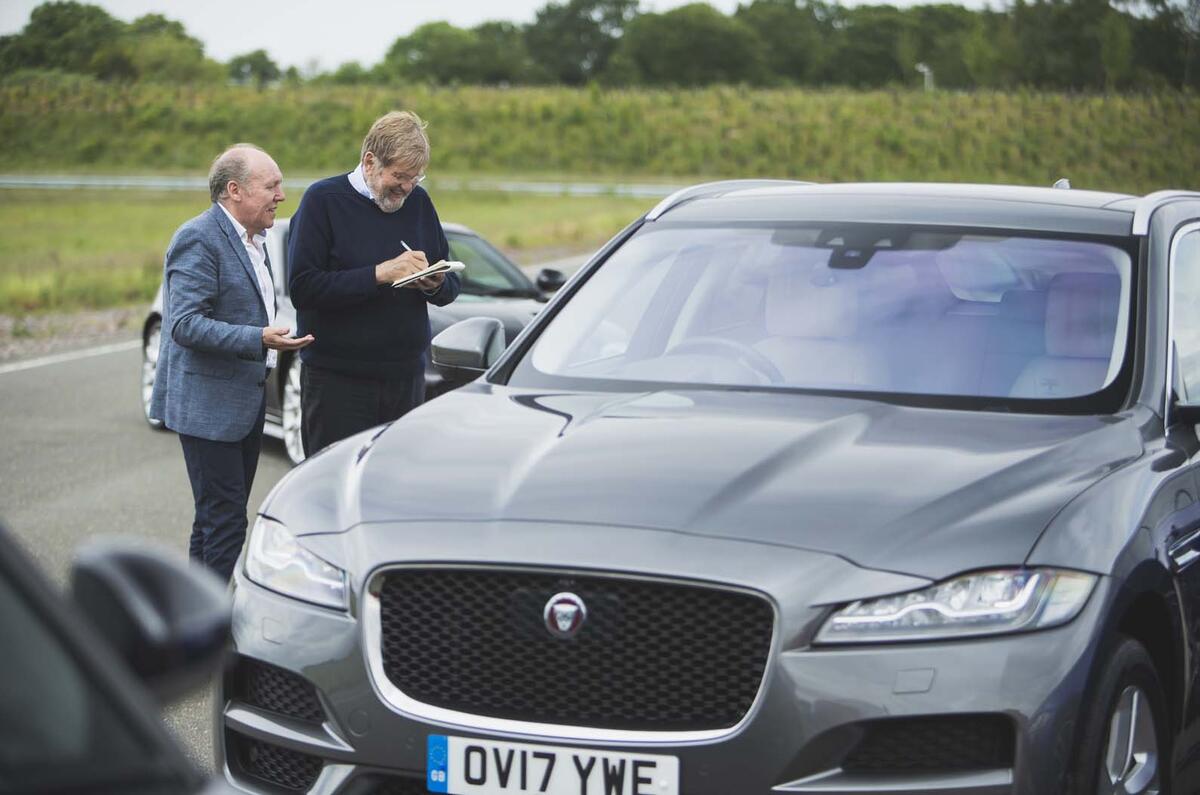

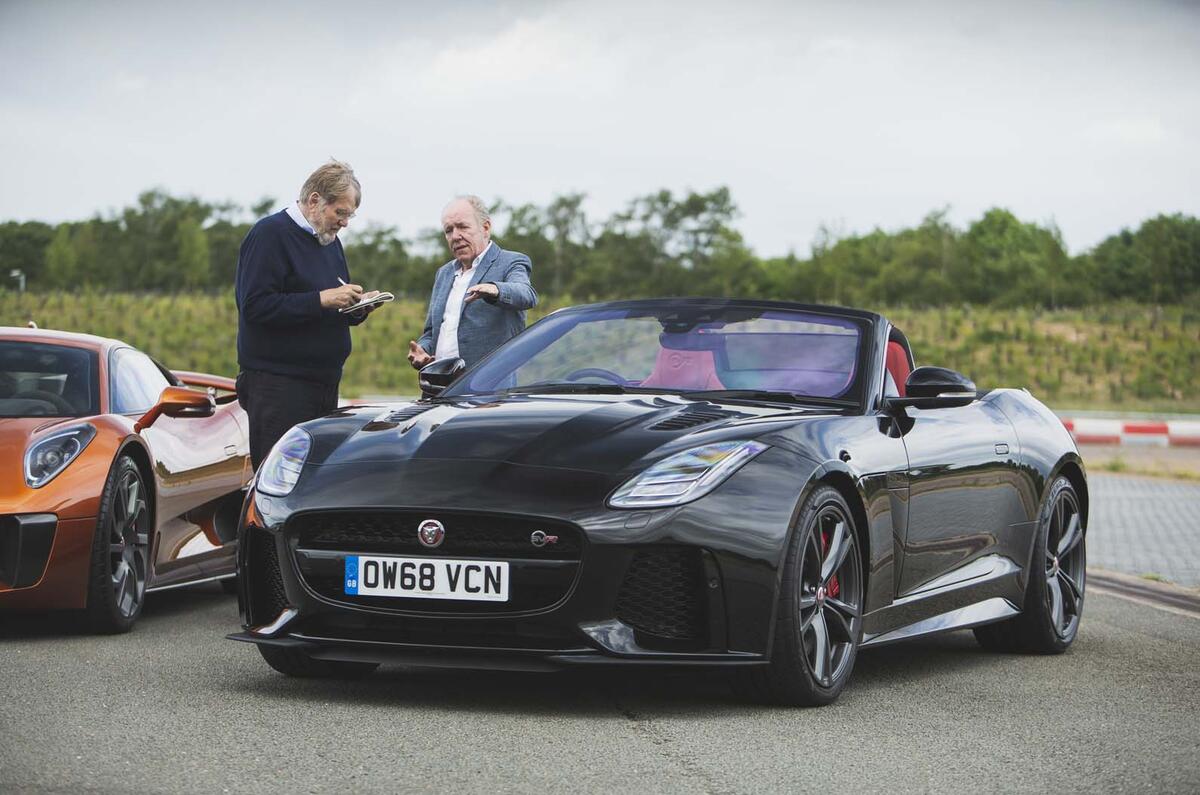
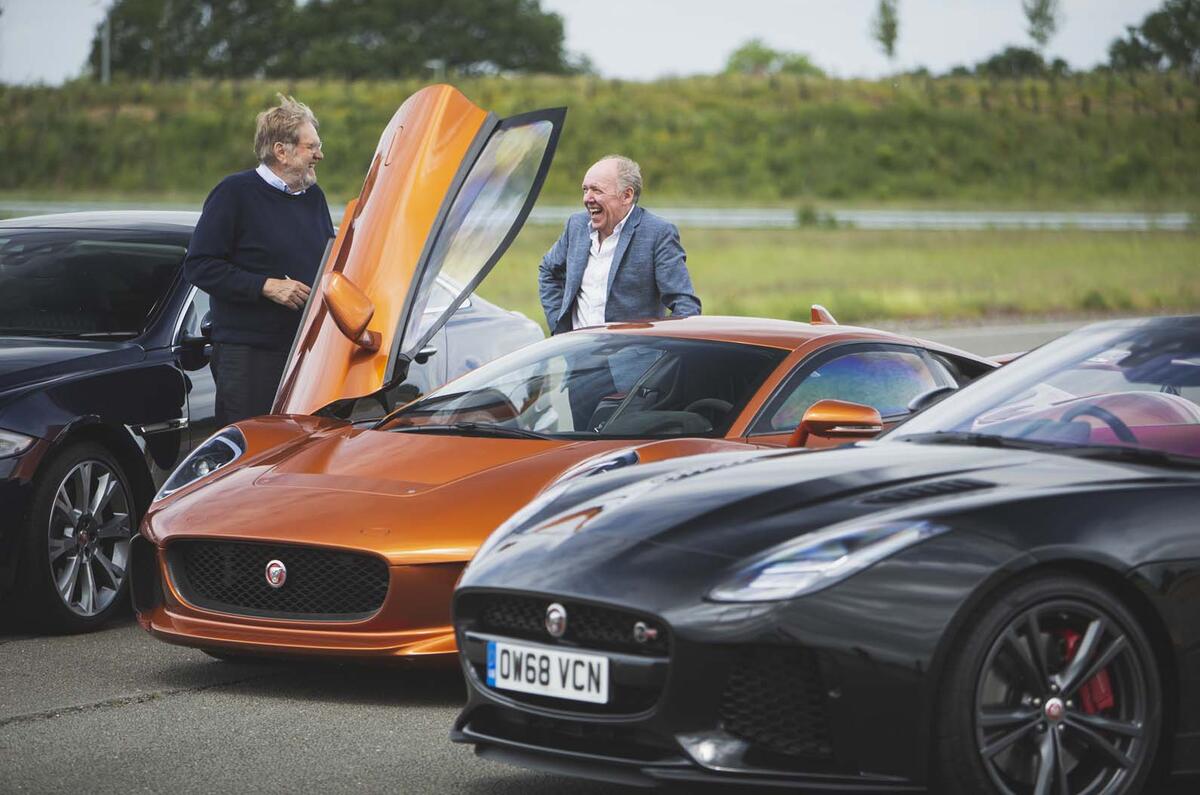
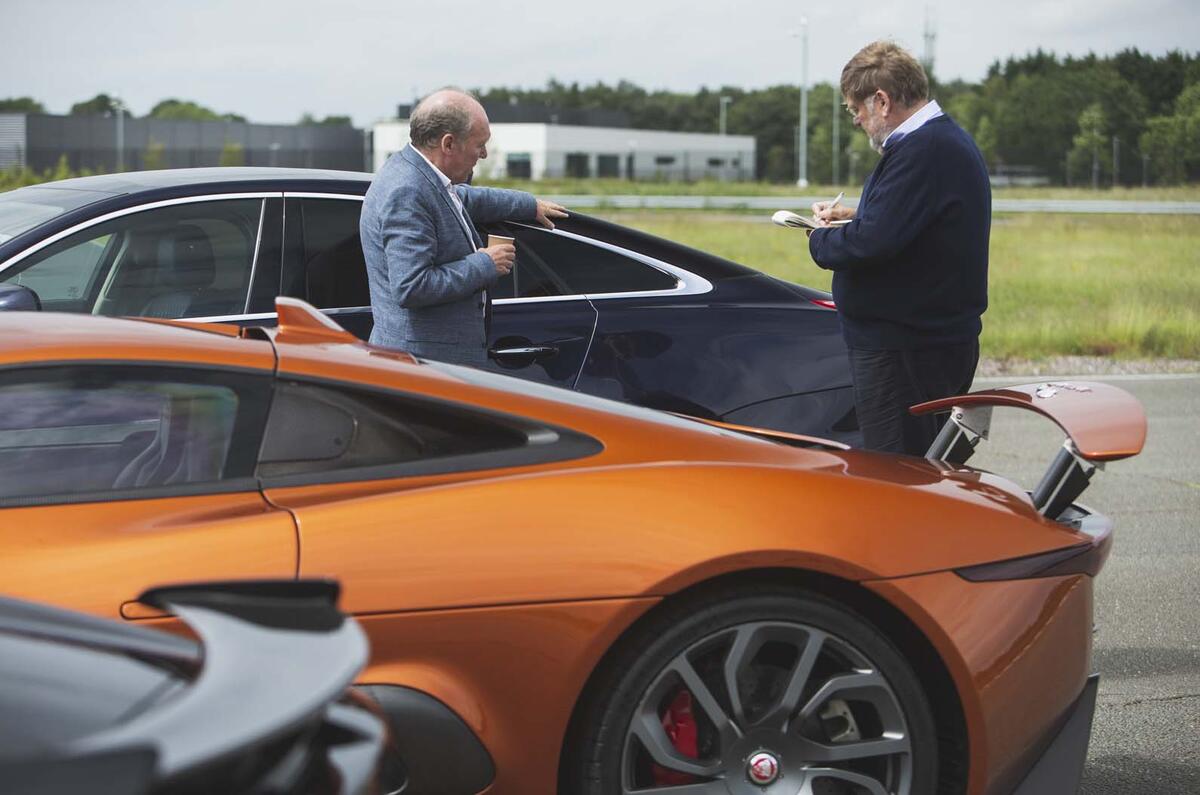
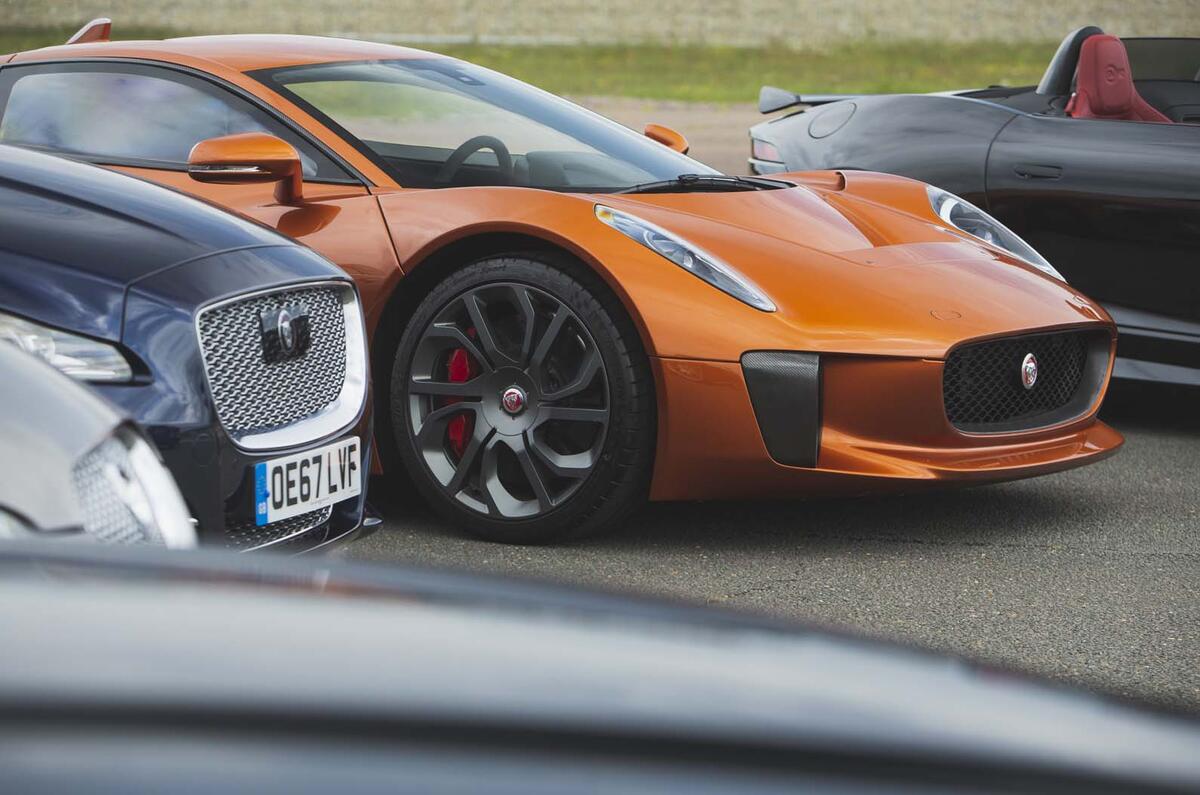
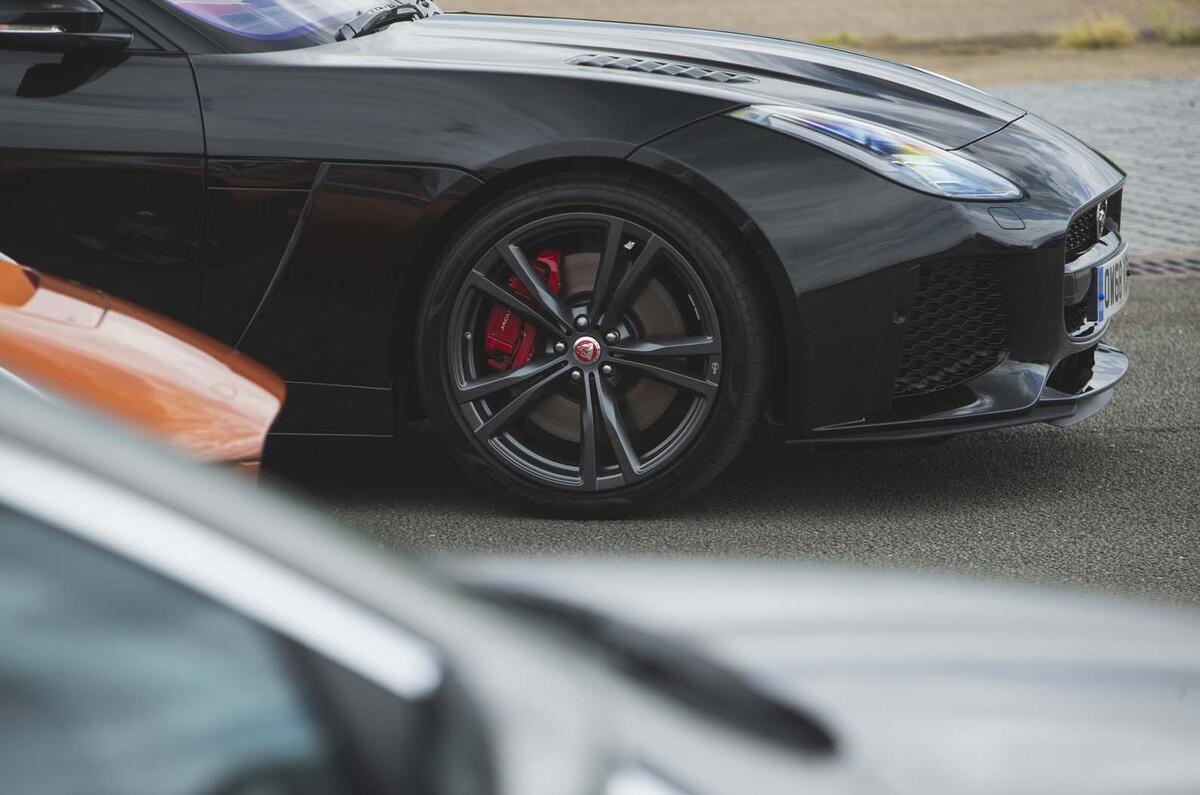
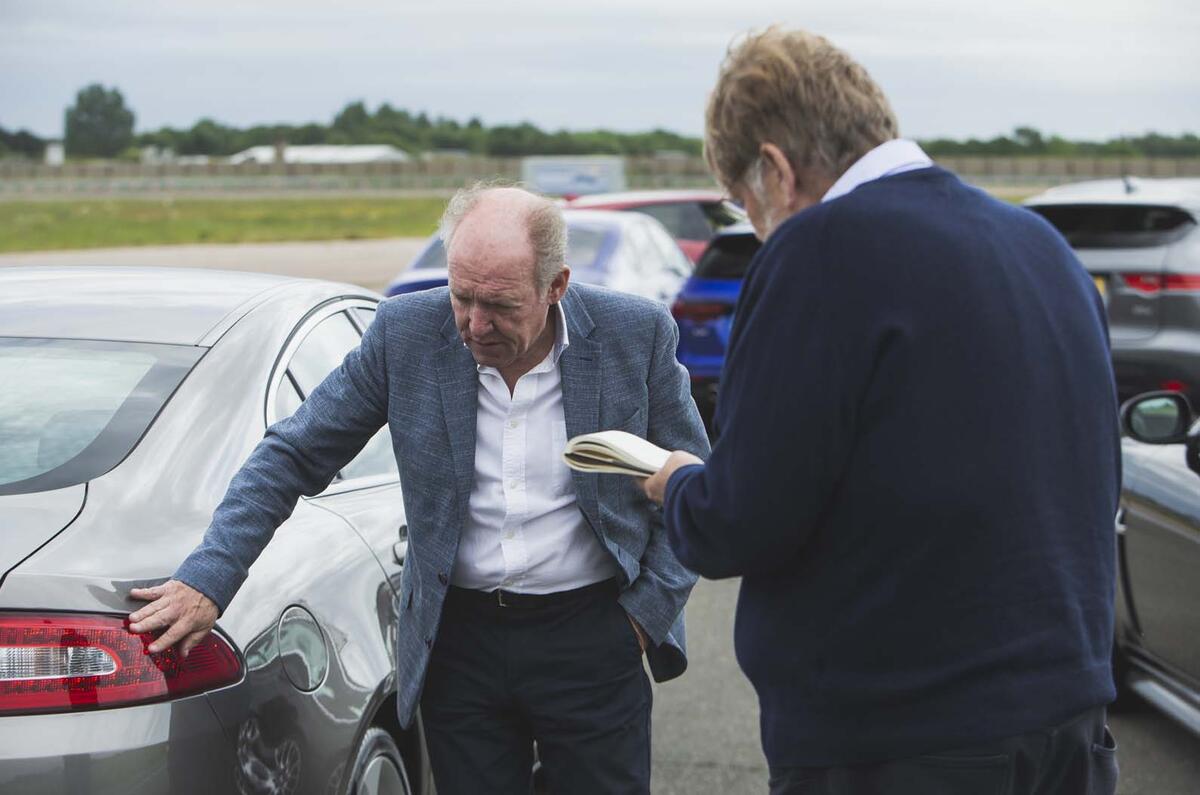
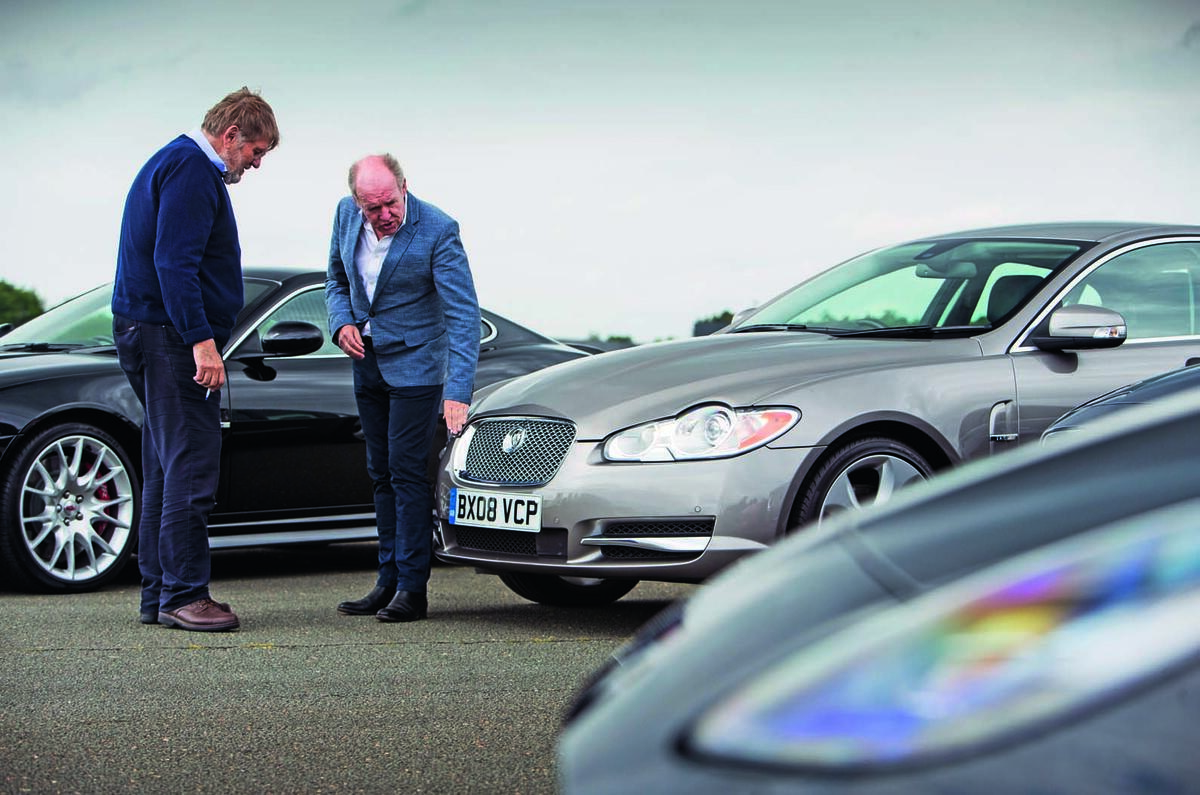
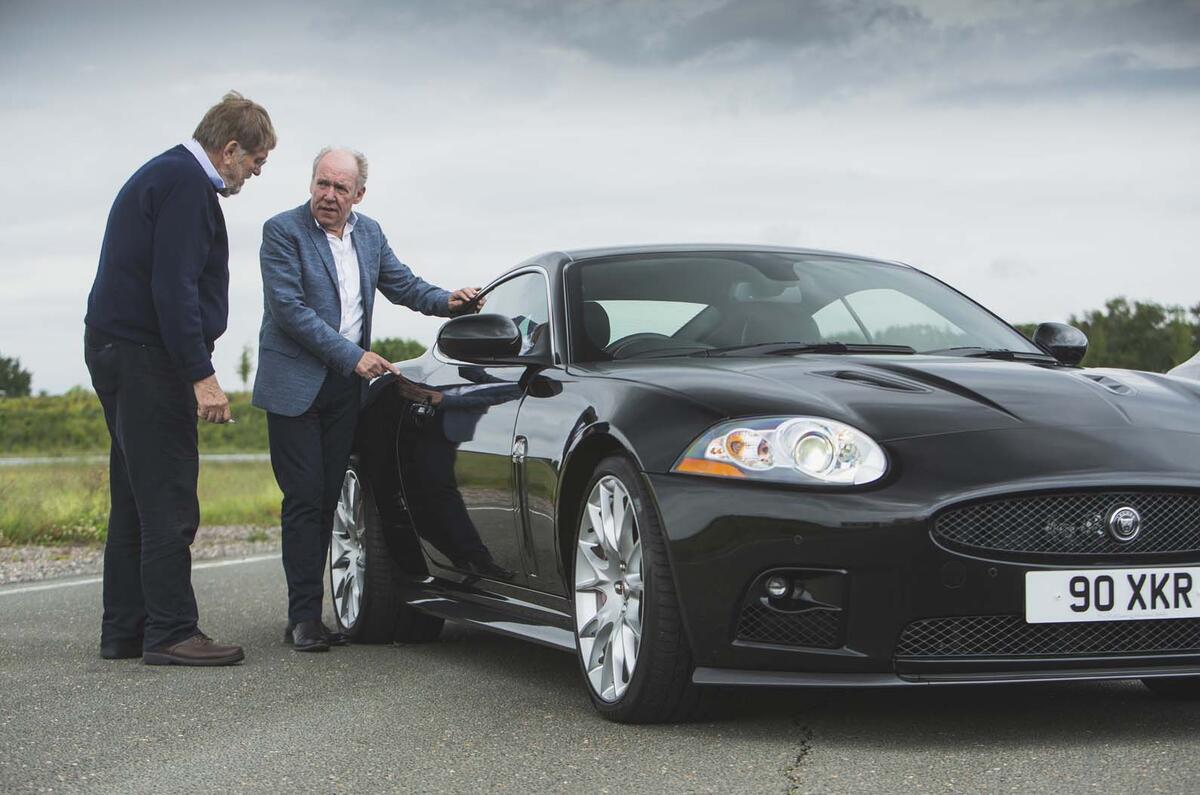

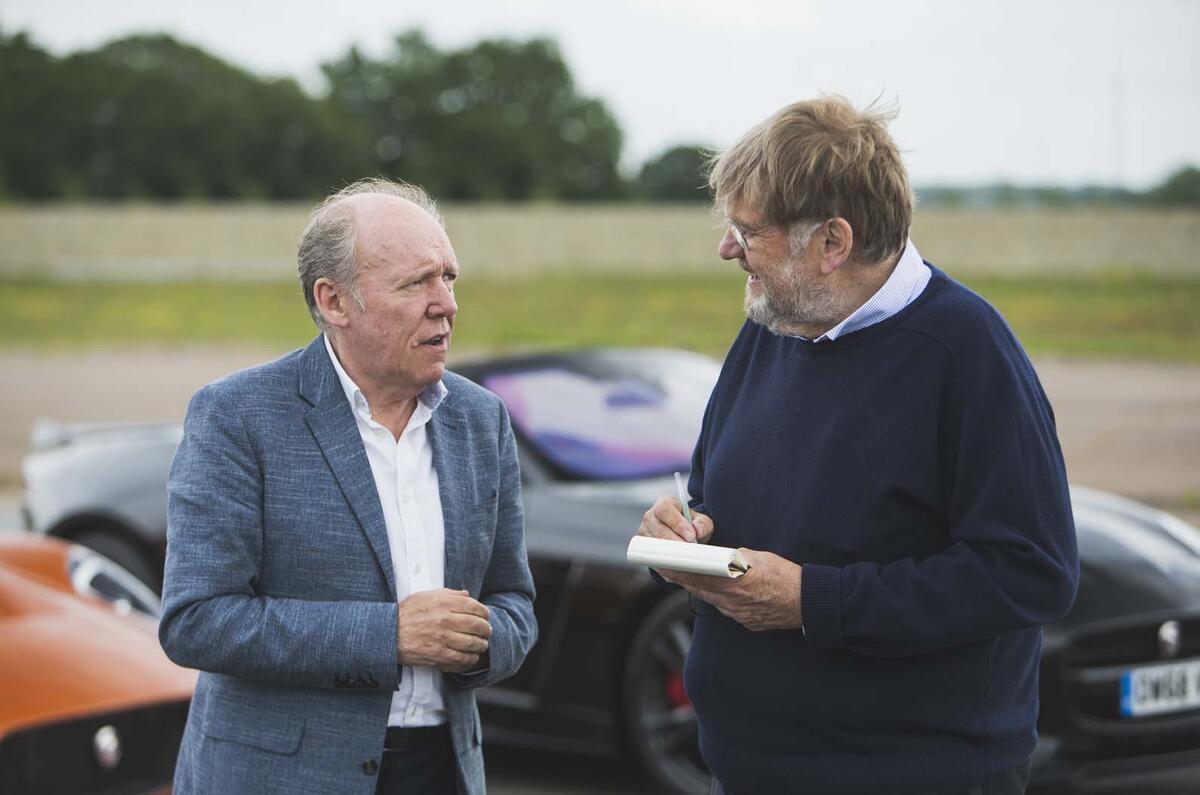
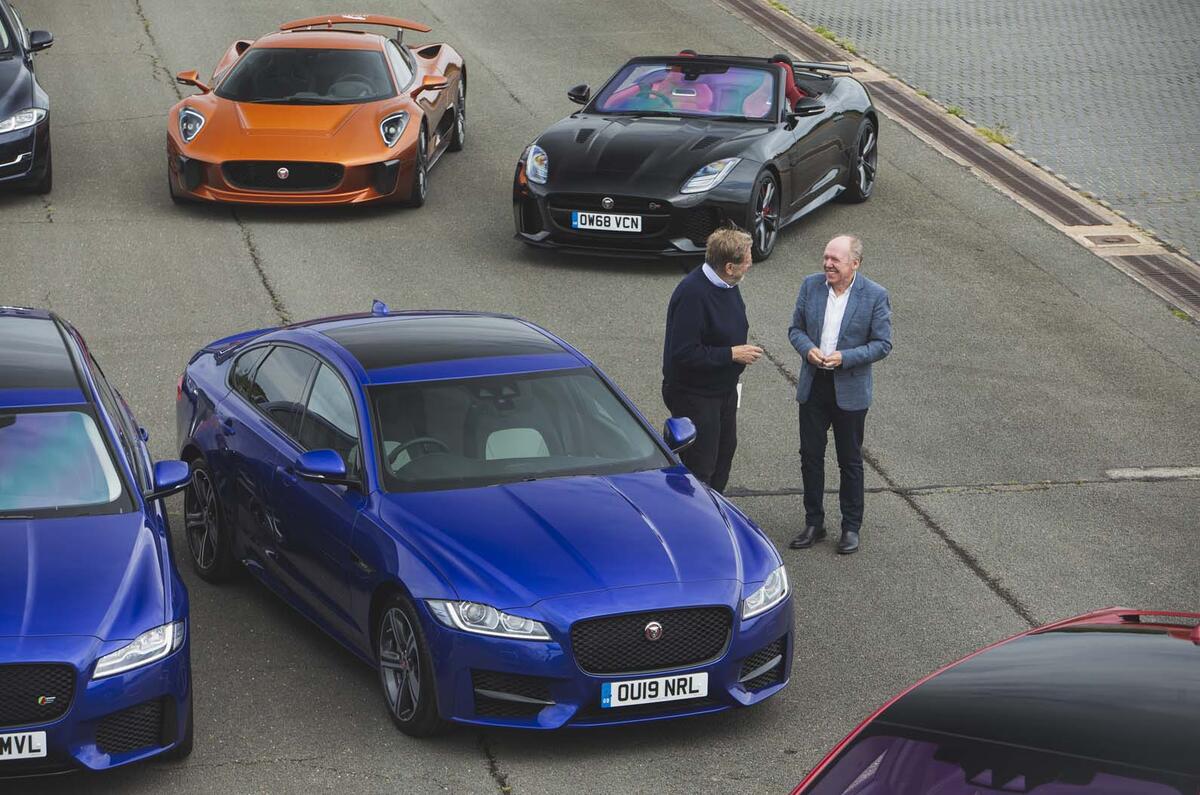
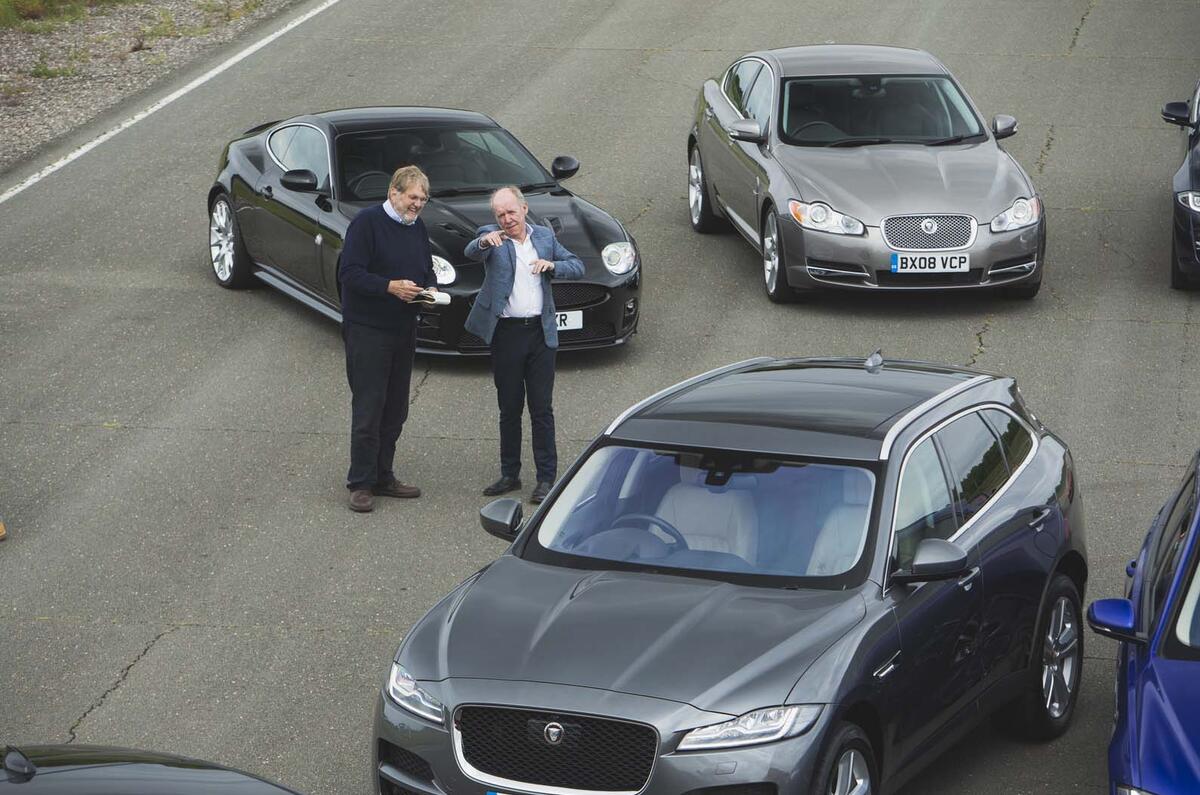


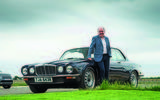





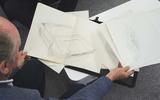
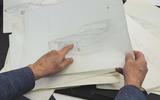
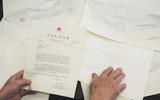








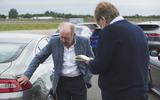


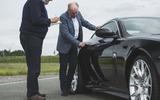









Join the debate
Add your comment
Its the XJ
I always felt the highlight of Ian's career has been the XJ X350. Just one of the best looking cars period, inside and out. It may not have been full of technology and gadgets like the german rivals but technology ages over time and becomes outdated and fails. The design on the XJ will never age and even today it still looks refreshing to the eyes as the day it first came out. I still remember the birds eye teaser photo of it and I couldn't wait to see it properly. All the nonsense and biased reviews of the XJ were just unfounded. My only criticism was the move to a TFT display for the speedo dials. they should have just refined the look and feel of analogue dials.
Second to that is the 2006 XK. I just couldn't care less about the infotainment system or the ford bits, it was just a drop dead beautiful car. the reramped version even looked like its headlights were designed based on the outline of a cat's eye. there was a certain feline look to them. I wasn't a big fan of the XKR RS with the halfords boy racer aero kit. the standard model was just a beautiful GT cruiser. the fact that Autocar said in a youtube video that the XK was loosely based on a monocoque chassis of the XJS are just unfounded needless comment. Practically all of VW's premium and non-premium brands share chassis and engines but no one complains about that? Far easier to pick on Jaguar these days. Monocoque in principle is a monocoque chassis. the fact that it's bonded and riveted aluminium means the design would have changed to aide strength and rigidity but no one seems to mention that.
I'm a great fan of Ian Callum's work.
The Aston DB7 remains to my eyes one of the most beautiful cars ever. I've liked all the new Jags since then. It really was paramount that the company weened itself off the age old Lyons era design language, great though it was at the time. The first XF really stands out, inside and out. The current one doesn't gel quite so well with me; it is an attractive design but a bit too long in the tail. Usually, a longer car is sleeker and more attractive but oddly, the XF has been upstaged by its smaller sibling, the XE, which I think is exquisitely proportioned. Unfortunately the interior design of both are a bit of a let-down; I don't know what their quality is like, they're just uninteresting. Things are looking up with the I-pace; to make a car of that shape recognisibly current Jaguar is brilliant and the interior looks far more interesting too!
This is nothing more than
Overall I like Callum's simple strong confident lines (much better than Mercedes and BMW for example) But I question Callum's getting rid of Jaguar's traditional references without replacing them with anything very memorable. The general criticism of some of Callum's designs being bland is entirely justified. Jaguar's interiors under Callum are a particular low point.